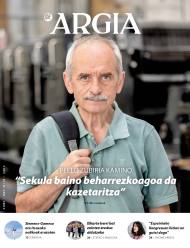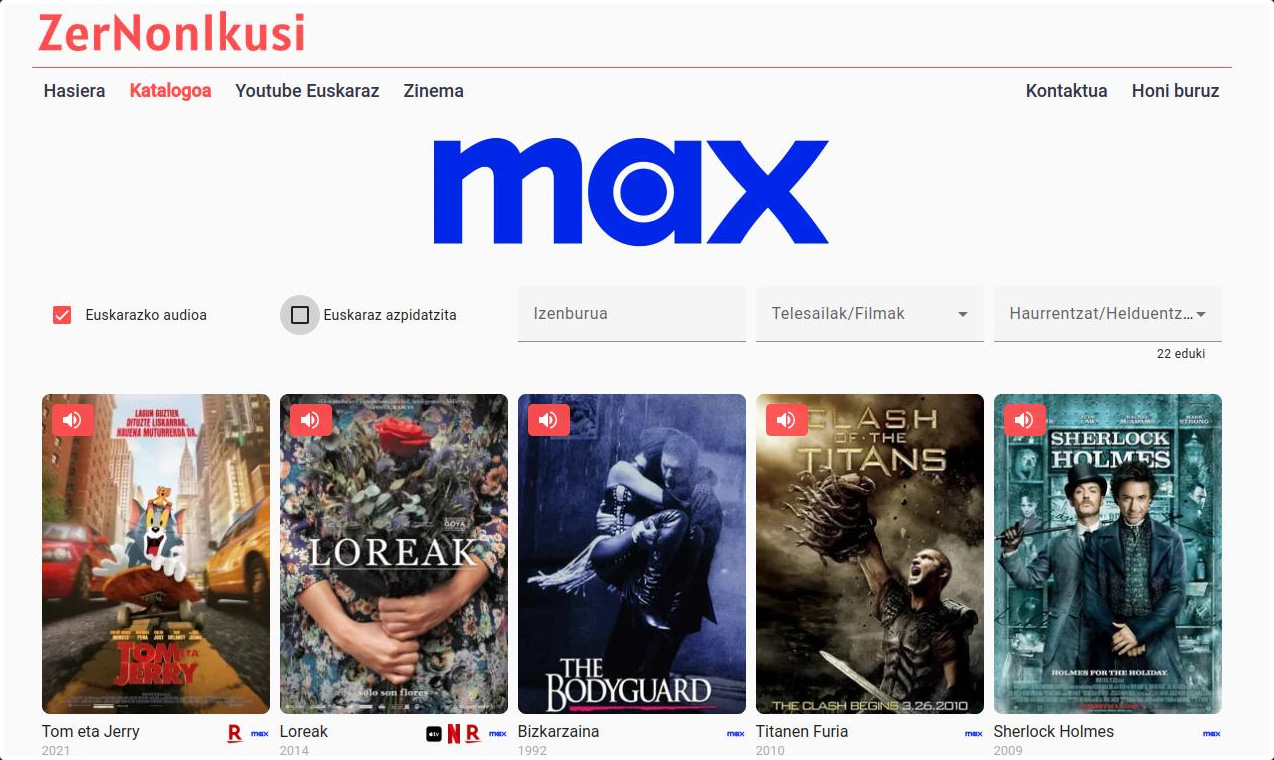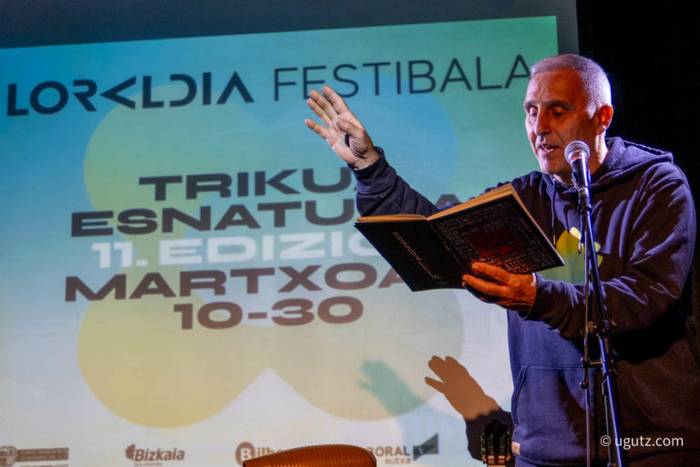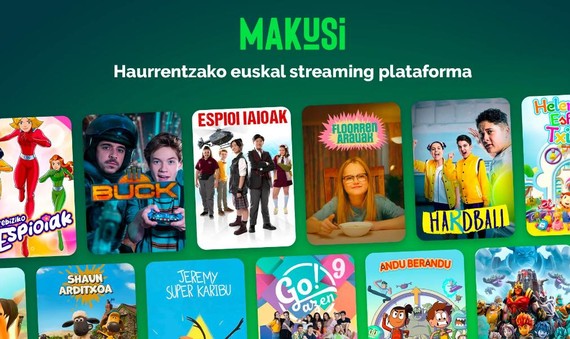“In Argentina, Navarre lives like us”
- To continue the transmission of Basque culture and reflect on Basque identity, the members of Ortzadar Euskal Folklore Elkartea have travelled to the Navarros of Argentina and have gathered their experience in the documentary Nafar Haziak. Aie Izaskun Barber de Carlos (Pamplona, 1989), director and screenwriter of the documentary Flores navarras and member of Ortzadar. The documentary has been released in the Golem rooms of Pamplona.
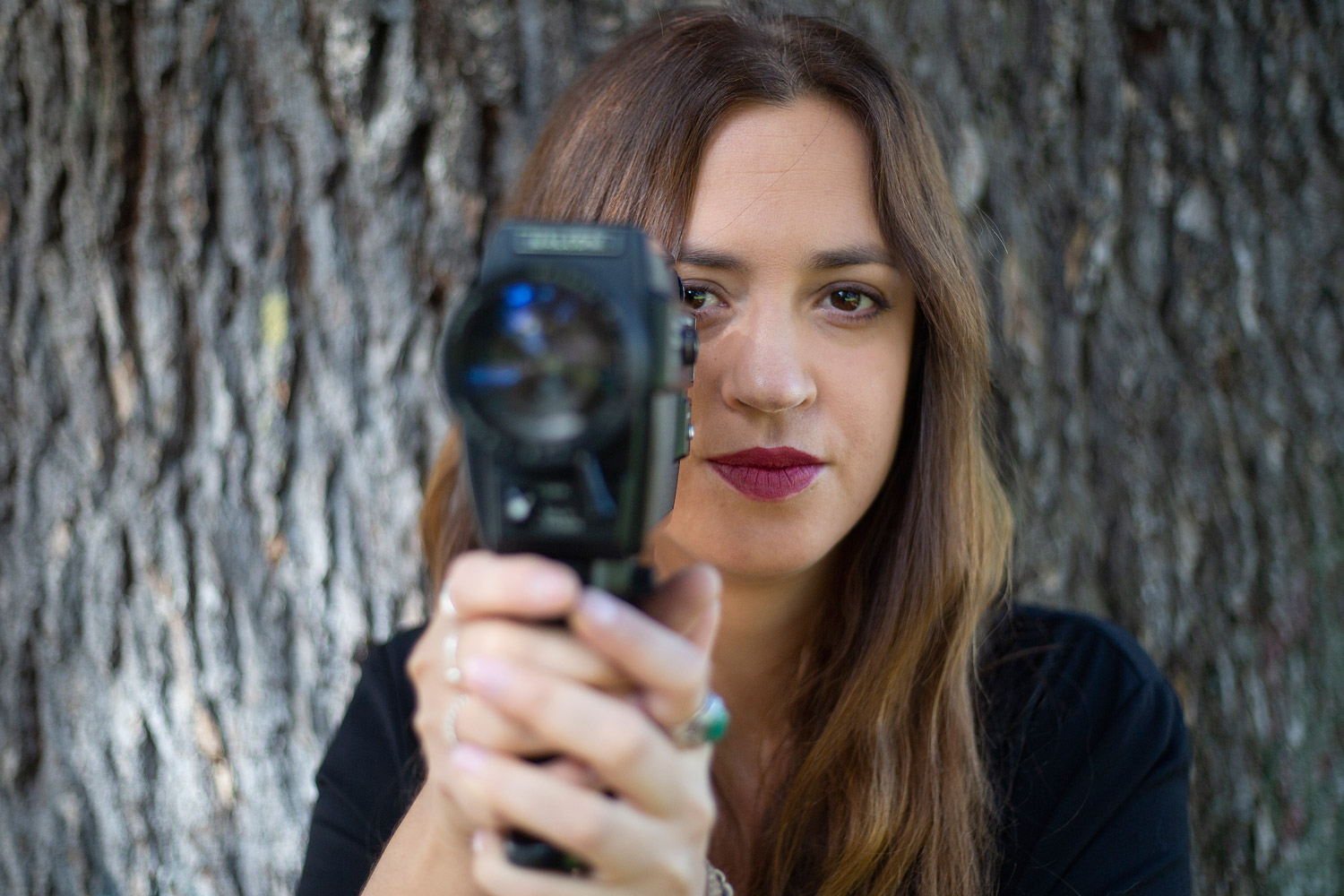
“Ikastolan euskal dantzak ikasten hasi nintzen, eta hamasei urterekin Ortzadarren sartu nintzen. Kanpoan ikasten aritu naizen arren, beti nolabaiteko lotura izan dut dantzarekin, folklorearekiko maitasun berezia dudalako. Aktiboki ez dut dantzan jarraitzen, baina entzuten dudanean zerbait dantzatu beharra sentitzen dut. Adin horretan, ikus-entzunezkoetan hasi nintzen, txikitatik gustuko ditudalako kamerak. Garai horretan baliabide gutxiago izan arren, kuadrillako bideoak egiten nituen. Urteetan ikasten joan naiz, hala nola Bartzelonan, eta ordutik horretan lan egin dut”.
The documentary is already in the halls, how do you feel?It has been an amazing
professional experience. When I first saw it on the big screen, emotionally it was a pretty big and nice step. The work done throughout the year, when you see it in a very high place you run out of words, is an emotion and a special moment.
They released it at home, is it special?
Yes. I've worked in audiovisuals, but I never thought about making a television documentary. When the idea came, I took it with fear and curiosity, but I didn't expect Golem to be delivered into the halls. When we made a proposal to the Government of Navarra, and received an affirmative answer, I did not believe. So I didn't believe the premiere until I saw people sitting.
Being a new experience, how did you feel along the way? Have you had great difficulties?
We had to improvise a lot. The group was very strong and I got very well with Ruth Etxarte as a companion. I knew we were going to work very well together because we've done it before. We were well prepared to Argentina, but with time and technical means we have had difficulties. In addition, when we were in Argentina, new questions arose that we could not ask. We had to improvise a little bit. When we went back to Pamplona, we had to adapt the initial idea and create a new idea.
What caused the change of script?The Government
of Navarre invites several people from the Navarros centers to summer classes each year and all take advantage of the sanfermines to stay in Pamplona. When they came to San Fermin, we took advantage of it to ask a lot and a lot. But when we were at Angerina in their homes, because we had more time and they felt comfortable, they explained our emotions more easily. This opened many doors unknown to us.
For example?
We realized, emotionally, the importance of living Navarre in daily life and keeping the Navarros centers, even if they do not have Navarre roots.
What are the Navarros centres like?
Very different from each other. For example, the one in Buenos Aires is very large. Most of them have fronton, where they are dedicated to blades and ratchet. It's very important to them because it's a meeting space. Most of them are pretty obsolete because they don't have much money. In addition, Argentina is getting less and less Navarro and finding it difficult to attract and retain people. That is why they try to attract people through sport. They also teach Basque and Txistu classes in some Navarros centers. They are, above all, meeting and testing spaces.
Is there folklore in all houses?Folklore
is an essence or a solid base of houses, and from there there are several activities. The connection between the Ortzadar and the Navarros Centres is also folkloric. They try to keep him watching the videos of the Ortzadar on Youtube.
What did your special relationship with folklore give you as a child?
I was happy to dance in public. I also like the relationship that is established. I thought it was very nice, because relationships were consolidated, because we were people of very different ages, because we traveled together and we knew a lot of people from Euskal Herria. It is an important part of the transmission of relations, of joint work and of culture.
Is the documentary an example of this exchange?
Yes, members of the Ortzadar group attended workshops such as dance, clothing and gastronomy. Since most of the information was received from the Internet, they had a lot of lack of resources and had to invent a lot of things.
You talked about identity, identity, culture... Is the documentary a path of reflection?
We create it as a way of reflection. In the end, as with identity and identity, everyone experiences culture and folklore in their own way. What appears in the documentary is a reality, we have not invented it. A process of reflection for us has been to know that two countries so far live the same cultura.En the
documentary is often repeated that there is a lot of distance. Does it have a lot of emotional influence? It has a lot of emotional weight because, although some
are not in Navarra, they feel Navarros. As it is difficult to come to Navarra, many are waiting.
Besides folklore, there are also sanfermines.
They live as if they were in Pamplona. They have specific dates for the juerga, in the house of Buenos Aires they have two giants donated by the City Council of Pamplona, have lunch and keep the peñas. In Argentina, the Navarre live as we do, so as Navarros they live the sanfermines as we live them.









